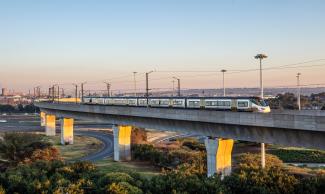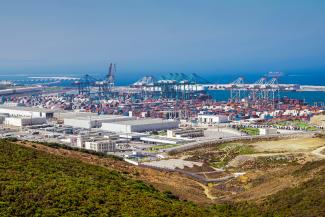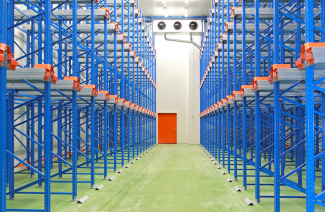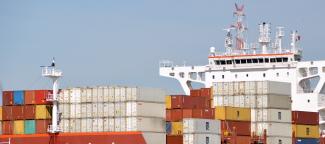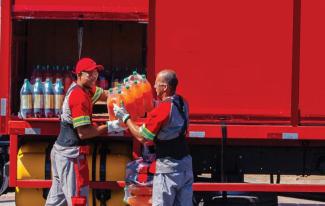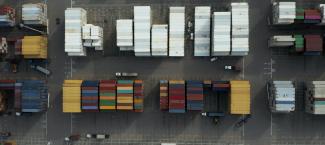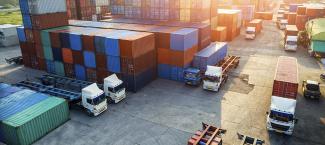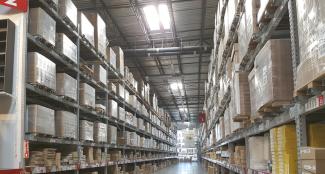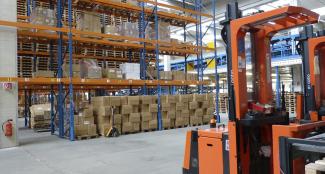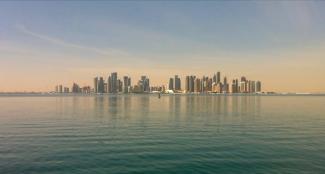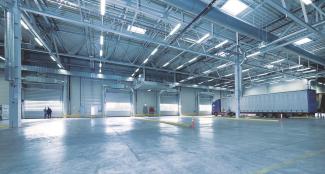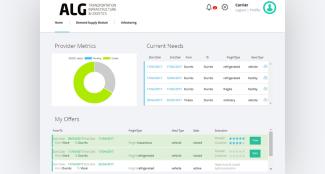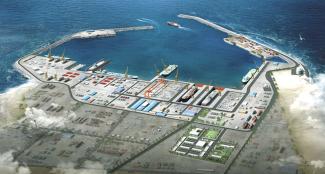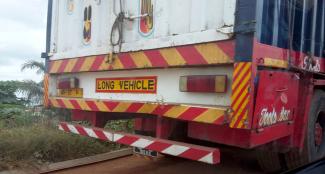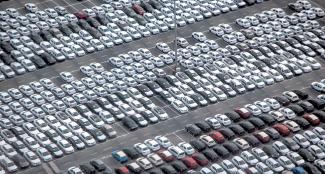The Regional Economic Communities (RECs) are associations of African States designed to facilitate regional economic integration among member countries and within the broader African Economic Community. These organizations play a crucial role in promoting cooperation and development across the continent.
The African Union (AU), established in 2002 as a successor to the Organisation of African Unity (OAU) is currently the most influential organisation on the African continent. It recognizes eight RECs as ‘building blocks’ for continental integration namely Arab Maghreb Union (UMA), Common Market for Eastern and Southern Africa (COMESA), Community of Sahel–Saharan States (CEN–SAD), East African Community (EAC), Economic Community of Central African States (ECCAS), Economic Community of West African States (ECOWAS), Intergovernmental Authority on Development (IGAD) and Southern African Development Community (SADC).
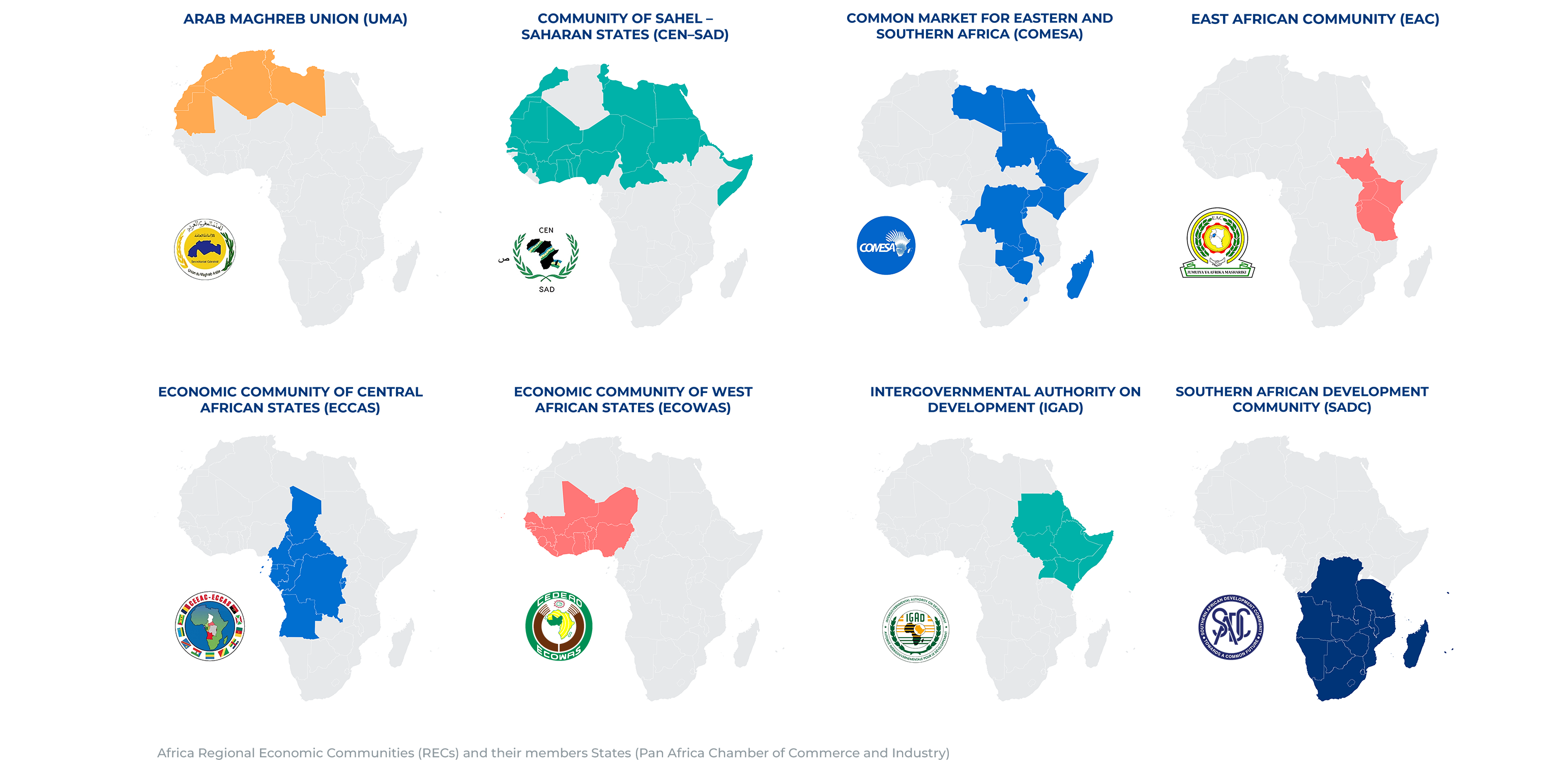
While other organisations with integration agenda exist such as the Indian Ocean Commission (IOC) or West African Monetary Union (UEMOA), they are not considered RECs as their primary objective is not to contribute as building blocks towards the AEC’s mission.
The commitment to deepen regional integration and foster Africa's development is evident in initiatives like the African Continental Free Trade Area (AfCFTA). This agreement aims to create a single liberalized market in Africa, enhancing economic integration, competitiveness, and sustainable development while facilitating the movement of people and capital.
RECs as promoters of regional integration
Regional integration is a development priority for the AU under the New Partnership for Africa’s Development (NEPAD), the Agenda 2063, and the RECs. These institutions have been instrumental in promoting integration with notable progress in areas such as the free movement of people across most RECs and the establishment of the AfCTFA, which aims to create the world’s largest free trade area.
However, overall continental objectives, as outlined in Agenda 2063, have not been fully achieved due to various factors, including political will, lack of funding and inadequate monitoring and evaluation. Progress varies among RECs, with some advancing more rapidly that others in regional integration.
To measure integration progress, the African Union Commission (AUC), the African Development Bank (AfDB) and the Economic Commission for Africa (ECA) developed the Africa Regional Integration Index (ARII) in 2016.
This index assessed integration levels in five key dimensions:
- Trade integration
- Infrastructural integration
- Productive integration
- Free movement of people
- Macroeconomic integration
As the international context evolved and methodological approaches improved, a new index was developed: the African Multidimensional Regional Integration Index (AMRII) which now serves as the reference indicator for regional integration in Africa.
African Multidimensional Regional Integration Index (AMRII)
The AMRII expands upon the ARII by incorporating three additional dimensions, bringing the total eight. These new dimensions address emerging issues such as climate change, migration, the environment, and social and cultural integration. The AMRII means to serve as a framework for monitoring and evaluating RECs in accordance with the implementation of Agenda 2063.
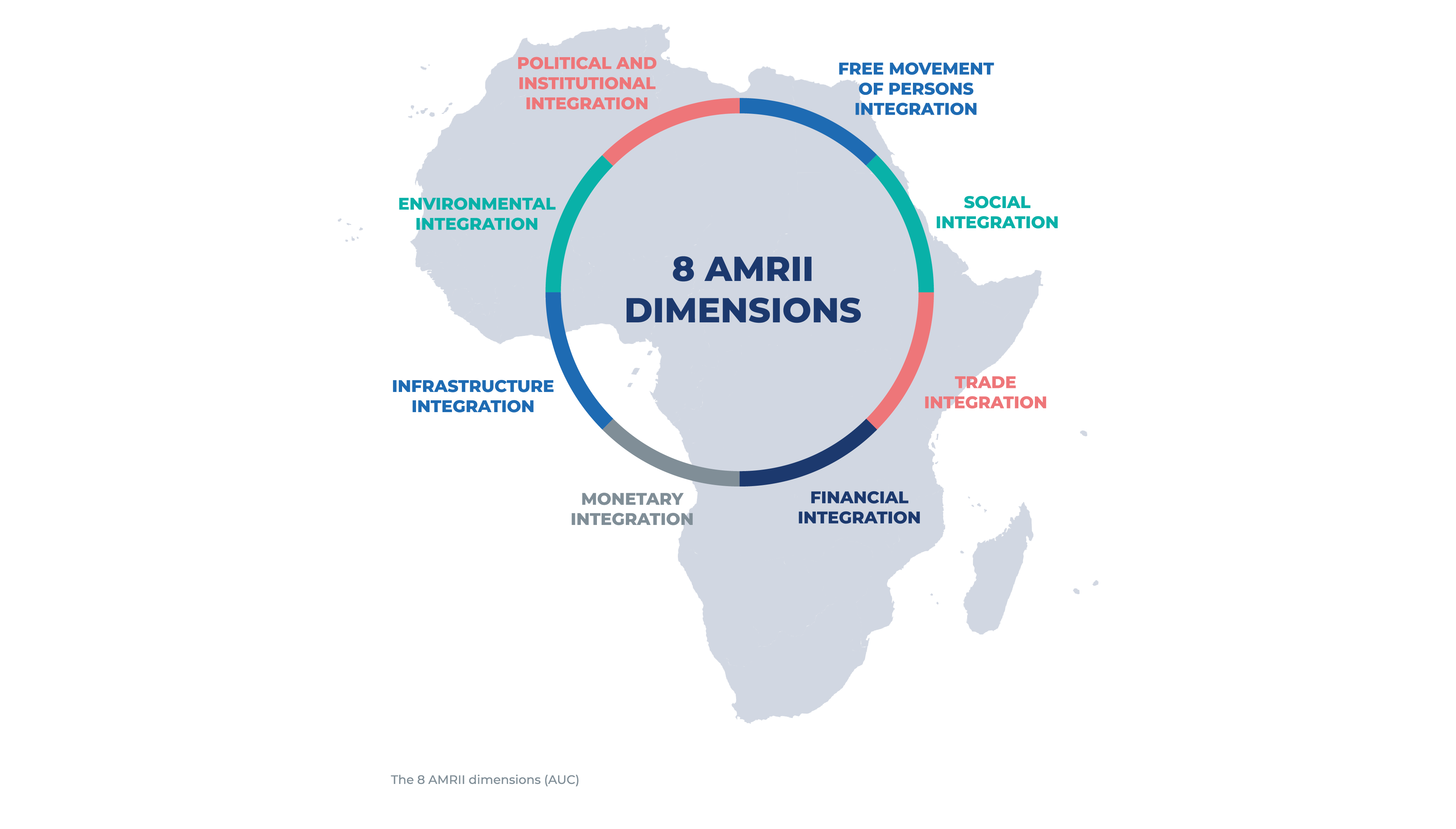
For each dimension, scores ranges from 0 and 1, with 0 indicating the lowest level of integration and 1 the highest.
1. Free movement of persons
This dimension refers to the ease with which people can move in the region and across borders for business, tourism or social purposes. It can be facilitated by reducing barriers to entry, such as simplifying documents requirements or easing the visa application process (e.g. the type and the number of documents required at the entrance of each country or the difficulty in obtaining them).
2. Social integration
Social integration involves incorporating individuals or groups into the social, economic, and cultural life of a community. It ensures equal opportunities, including the right of establishment, residence, access to the labour market, and land ownership.
3. Trade integration
Trade integration focuses on reducing or eliminating trade barriers among member countries to facilitate the free flow of goods and services.
4. Financial integration
Financial integration is a market driven process of broadening and deepening the financial interrelations within a region. Key stages in this process include harmonizing financial policies at the regional level and setting up a regulatory institution, among others.
5. Monetary integration
Monetary integration involves establishing a common currency and a central bank, with member countries ceding sovereignty and exchange rate policies to a supra-regional central bank.
6. Infrastructure integration
Adequate infrastructure is crucial for regional integration, as transportation networks and infrastructure such as roads, railways, and highways play a vital role in promoting cross-border trade.
7. Environmental integration
Environmental issues, such as climate change, remain urgent concern that require immediate attention. As a result, environmental integration has become an important aspect of broader integration processes. This emerging field focuses on key tools like policies and regional institutions dedicated to protecting and managing the environment.
8. Political and institutional integration
This component represents the final stage in the integration process, typically achieved only after regions have made significant progress in other areas. The AMRII measures this dimension through indicators related to regional institutions including, the parliaments, courts of justice, armed forces, central banks and universities.
RECs’ overall score
The overall evaluation score for the integration process within the continent is 0.62 on a scale of 0 to 1.
The highest scores are in the free movement and trade dimensions, at 0.68 and 0.66 respectively. According to the latest AMRII Report, RECs are performing at an acceptable level and striving to make progress. However, the disparities among RECs and differences in the pace of progress need to be addressed.
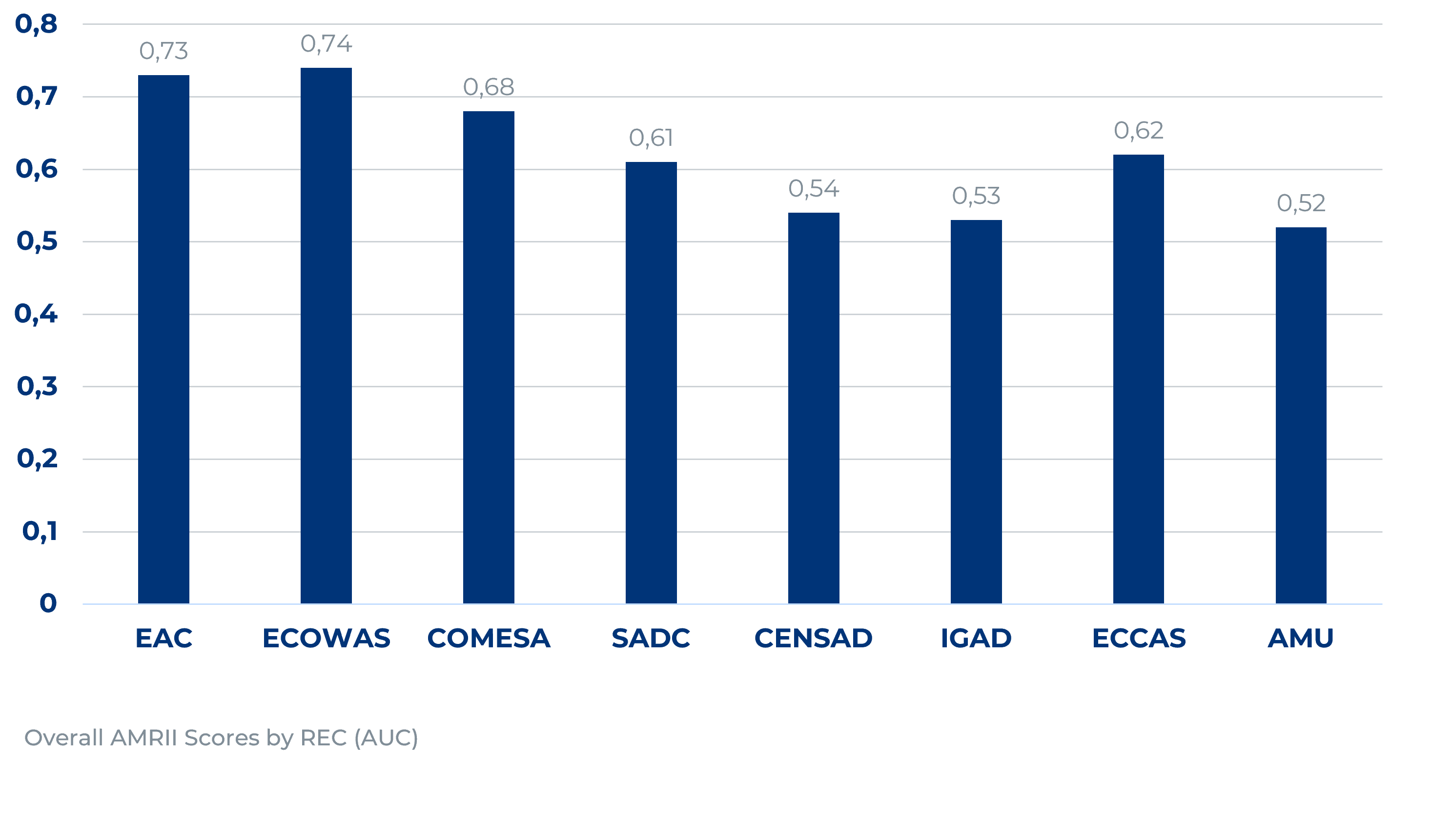
The level of integration varies among the RECs. ECOWAS emerges as the most integrated REC with a score of 0.74, followed by EAC and COMESA. These three RECs perform particularly well in trade integration due to the implementation of free trade zones or common external tariffs. On the other hand, IGAD, CEN-SAD and AMU are slightly above the average score of 0.5, partly due to a lack of plans or programmes in certain integration dimensions, such as free movement and financial and monetary integration.
While RECs are making progress, further work is needed to achieve the set targets.
Perspectives
RECs play a crucial role in regional integration. In fact, the establishment of the AfCFTA builds upon their progress. This trade agreement is expected to pave the way for African countries to boost trade with each other, driving economic growth and development across the continent.
In terms of infrastructure, the AUC in partnership with the United Nations Economics Commission for Africa, the AfDB and the NEPAD Agency, spearhead the Programme for Infrastructure Development in Africa (PIDA) since 2012, in which ALG is providing support since 2019.
In conclusion, RECs must continue their work and efforts to achieve regional integration, contributing to the broader goals of African unity and economic development.




